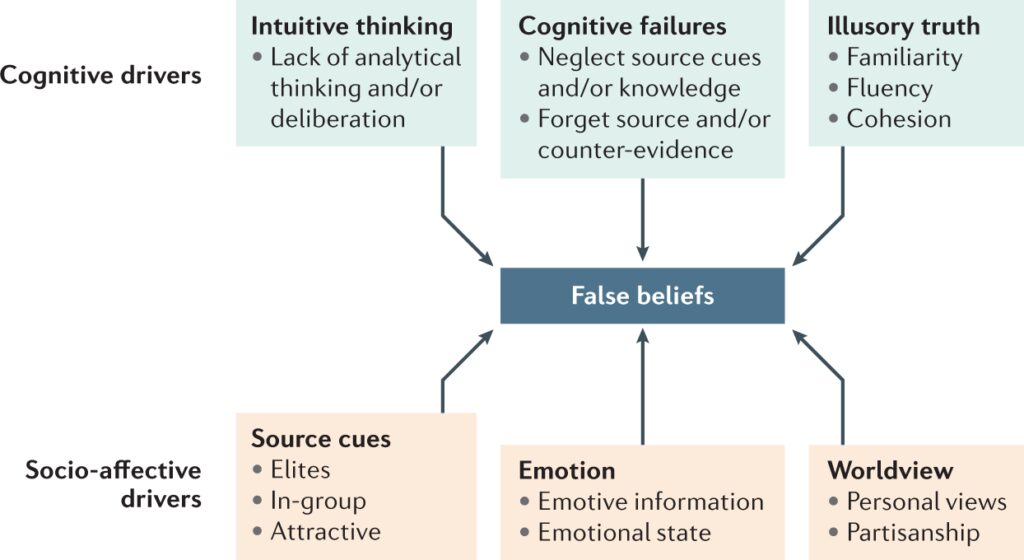Creating a video game involves various technologies and tools. Game engines such as Unity, Unreal Engine, and CryEngine provide necessary tools for rendering, physics, and scripting, among others. Artificial intelligence (AI) is essential in character behavior, pathfinding, and procedural content generation. Graphics engines such as DirectX and OpenGL and animation engines such as Maya and 3ds Max are used for stunning visuals and lifelike characters. Sound and music play an important role in creating an immersive experience. Networking, including protocols such as TCP and UDP and cloud-based solutions, is necessary for seamless multiplayer gameplay. As technology advances, the gaming industry is expected to produce more immersive games.
Introduction
Creating a game is not just about having great game ideas and talented developers. In fact, it’s a combination of various technologies and tools that drive the process. In this article, we will delve into the behind-the-scenes of game creation and explore the tech that powers it.
Game Engines
Game engines are software frameworks that provide developers with the necessary tools and features to create video games. They offer a range of functionalities such as rendering, physics, and scripting, among others.
There are several game engines available in the market, each with its own set of features and capabilities. Some of the popular game engines include Unity, Unreal Engine, and CryEngine, among others.
Artificial Intelligence
Artificial intelligence (AI) is another significant component in game development. It allows game characters to interact with the environment and make decisions using predefined algorithms.
AI is used in various aspects of game development, including character behavior, pathfinding, and procedural content generation. Machine learning and deep learning are also used to create more advanced AI systems that can adapt and learn from the player’s behavior.
Graphics and Animation
When it comes to creating immersive games, graphics and animation play a crucial role. The visual aspects of a game need to be compelling enough to captivate the player’s attention and convey the intended emotions.
Graphics engines such as DirectX and OpenGL provide developers with the necessary tools to create stunning visuals, including lighting, shadows, and particle effects.
Animation engines such as Maya and 3ds Max are used to create lifelike character movements and animations that provide a more immersive gaming experience.
Sound and Music
Sound and music are essential components of game development. They help to create a more immersive experience and set the tone of the game.
Game engines such as Unity and Unreal Engine provide developers with advanced audio features such as spatial sound and real-time mixing. Sound designers use digital audio workstations such as Pro Tools and Logic Pro to create sound effects and music for games.
Networking
In multiplayer games, networking is crucial to create a seamless experience. Game engines such as Unity and Unreal Engine provide networking capabilities that allow players to connect and play with one another over a network.
Networking protocols such as TCP and UDP are used to ensure reliable and fast communication between players. Cloud-based networking solutions such as Google Cloud and AWS are also used to provide scalable and reliable backend infrastructure.
Conclusion
The tech that powers game development is vast and continually evolving. Game engines, AI, graphics and animation, sound and music, and networking are just a few of the crucial components in game development.
As technology continues to advance, we can expect to see more innovative and immersive games that push the boundaries of what’s possible in the gaming industry.
